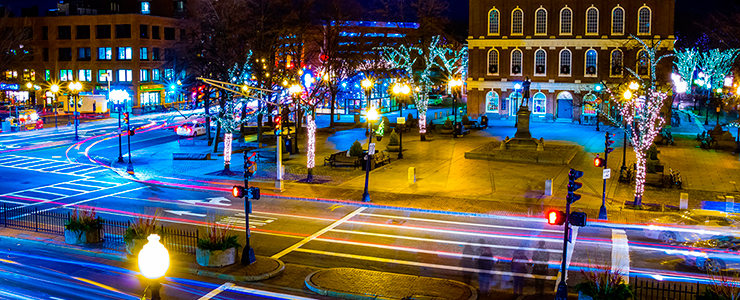So this is my very first flashlight mod and first time soldering and doing any manipulation with electronics. I was initially interested in getting a flashlight with white, but as little blue light as possible, so it doesn’t block melatonin production at night so I can sleep better if i use the flashlgiht. I decided on getting something in the color temperature of around 2000K. I have 5 more wizard pros I broke open and am awaiting the E21As from Clemence.
Thanks to clemence (Virence) and bob_mcbob for answering all of my questions regarding the mod.
Finished lights: https://imgur.com/jK3r1iO
The left bezel is the original metal bezel. The right two flashlights have a 3d printed bezel in nylon that i outsourced. I’m not really sure why it has white residue all over it, but the color is supposed to be black when I cut through one.
Progress: https://imgur.com/NghmHIv
So I started off by clamping down the flashlight with trigger clamps and a U-shaped metal bracket and towels so i wouldn’t scratch or bend anything. Then I broke the glass with a small screw driver and popped off the bezel with a large screw driver. Took out the 2 o-rings and the optic. Unscrewed the mcpcb and led. Unsoldered the switch wires. Used a heatgun to 300F and got the battery tube to unscrew, some harder to release than others. Took out the driver and cleaned up the silicone potting compound. Cleaned up the thermal paste. Unsoldered all the wires and replaced the black/red with 24 AWG and switch wires with 28 AWG. Soldered everything back to the new mcpcb with the E21A in 2000K and put it all back together with new thermal paste and thermal silicone potting material. I did get some flux on the E21A LEDs but some warm IPA and a brush took care of that. As i mentioned above, I outsourced a 3d print file that I made for the nylon bezel and just hand pressed those in; these are only for ease of removal in the future. The metal bezel, I used a parallel clamp with folded paper on top/bottom and that got the bezel in nicely.
I think the 3 biggest issues I encountered:
1. removal of the metal bezel. but once i figured it out, all the others were super easy.
2. removal of the battery tube. none of them had loctite which is nice, but there were a couple of flashlights from the 8 i broke open that had extra glue or whatever was used. I ended up increasing the temp to about 450F and using gardening gloves that had really good grip on it.
3. soldering the wires on the virence mcpcb. it seemed like copper pulled away heat really really quickly, so it was just a bit tricky to solder. I used flux for the first flashlight and it got all over the LEDs, but for subsequent flashlights, the solder wire with flux in it was sufficient. i used AMTECH SAC305 Lead-free Solder Wire 2.2% Rosin Core (NC-61) - 0.031”
I’m super satisfied with the build and the light coming from it… and that’s why i’m building 5 more lol. As for things I’m going to change for the next 5, I’m going to use 22 AWG for the black/red wires and use less viscous thermally conductive potting compound.
